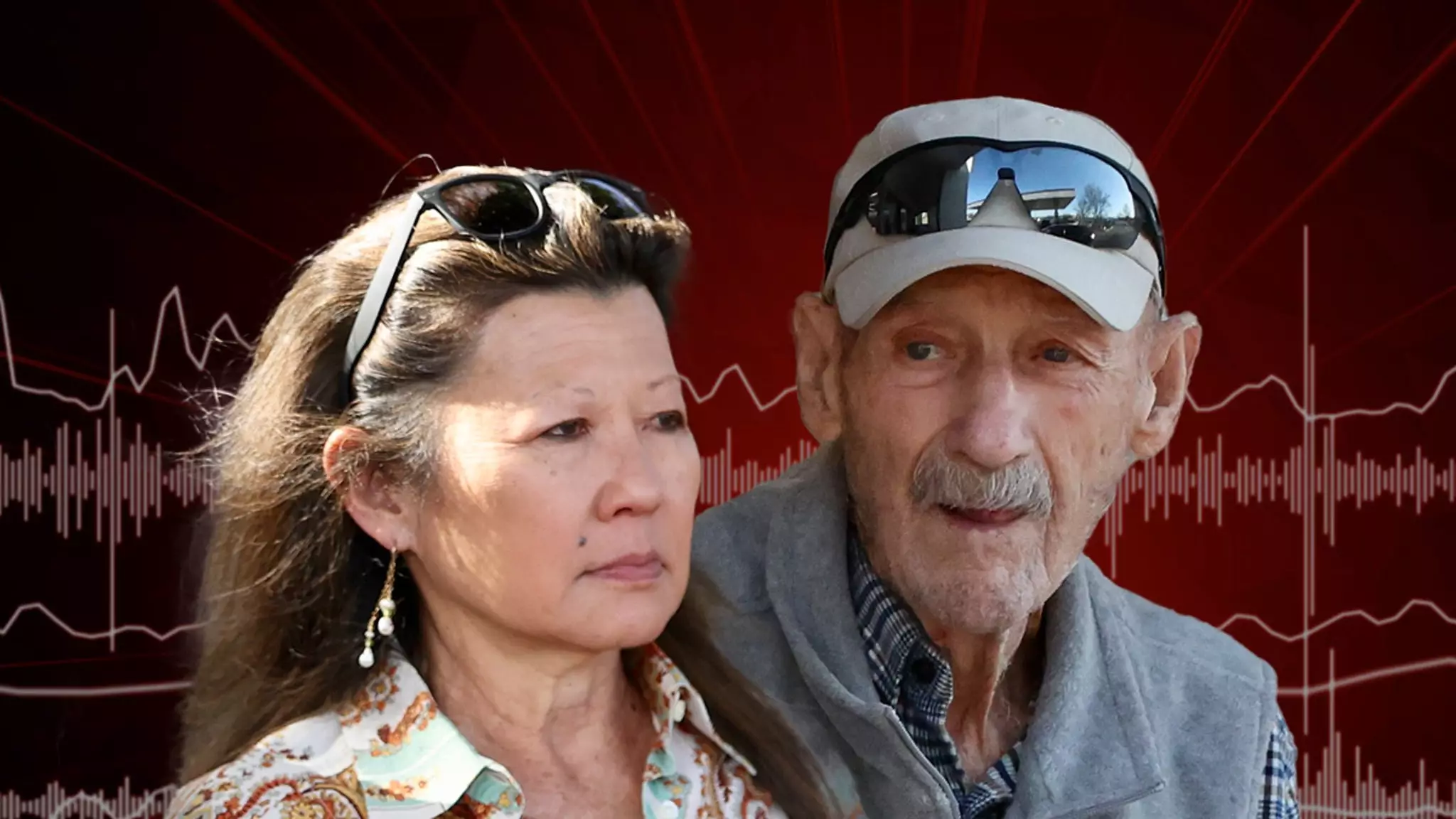The recent discovery of the bodies of acclaimed actor Gene Hackman and his wife, Betsy Arakawa, has sent shockwaves across the entertainment community and beyond. While the news itself is unsettling, the details surrounding the situation raise even more questions and concerns, igniting conversations about health, safety, and the complexities of aging.
An audio recording of the 911 call made by an unnamed caretaker has surfaced, revealing a deeply emotional scene unfolding at the couple’s residence. The caretaker, who expressed bewilderment and distress, reported finding what he believed to be the deceased bodies of Hackman and Arakawa. His struggle to articulate the urgency of the situation, punctuated by sniffling and expressions of disbelief, underscores the profound impact of such harrowing moments. The call highlights the emotional weight that comes with witnessing a tragedy, even for those not directly involved.
As the dispatcher tries to gather more information, the caller’s inability to provide basic details such as the ages and genders of the individuals adds an additional layer of tension to the situation. It is a grim reminder that, in moments of crisis, clarity can elude even the most well-intentioned individuals. The urgency conveyed in his voice reflects the deep concern for two lives that had evidently come to an unexpected and tragic end.
Upon the authorities’ arrival, they discovered an array of unsettling details within the home. The sheriff’s office reported that the front door was found unsecured, raising questions about whether foul play was involved. The presence of two healthy dogs on the property juxtaposed against the lifeless bodies highlights an eerie dichotomy—a pet’s carefree demeanor contrasting sharply with the grave situation inside. Moreover, a deceased dog positioned suspiciously within the vicinity adds further complexity, suggesting a potential series of unfortunate events that had unfolded.
Significantly, the forensic observations detailed a number of oddities, such as an opened pill bottle and pills scattered on countertops. These findings compounded the mystery surrounding the incident. It raises critical questions about the couple’s health and well-being leading up to their tragic demise. Autopsy results, which will follow as investigations progress, may shed light on these circumstances. However, signs of mummification in Arakawa’s body hint at a prolonged period before discovery, invoking a chilling sense of neglect and the passage of time.
Gene Hackman, aging at 95, and Betsy Arakawa, at 63, reveal a wider societal issue regarding elderly care and the need for vigilance as health deteriorates with age. The implications suggest a potential lack of oversight in their lives, raising crucial discussions about how families and communities engage with aging loved ones. The tragedy serves not only as a personal loss but also as a broader commentary on societal responsibility towards the elderly.
This incident could prompt discussions around establishing stronger support networks for aging individuals, especially those living in isolation. How can communities rally to ensure that elder citizens receive the care they deserve? The emotional burden of handling an aging loved one can be overwhelming, and as this tragedy underscores, the need for systemic solutions is paramount.
The deaths of Gene Hackman and Betsy Arakawa compel both personal and collective reflection on the fragility of life and the critical need for attentive care among the elderly. With investigations underway, the mystery surrounding their deaths will likely provoke ongoing discussions about aging, health, and community responsibility. While their story has come to a sorrowful conclusion, the dialogues spurred by this tragedy can inspire a culture of care and awareness towards our aging population.
The heartbreaking nature of this incident transcends the personal loss felt by family and friends; it resonates with anyone who grapples with the implications of aging. As society moves forward, it remains crucial to prioritize the health and safety of all, ensuring that no one falls through the cracks in their most vulnerable moments.

